The mallard duck is a common sight in ponds and lakes around the world. These beautiful waterfowls are known for their colorful feathers and their distinctive quacks. But did you know that their wings also play a crucial role in their survival and behavior? Mallard duck wings are fascinating structures, designed to help these birds fly long distances, escape predators, and display their dominance in courtship rituals. In this article, we'll take a closer look at the anatomy and functions of mallard duck wings, and how they help these birds thrive in their natural habitats.
The Anatomy of a Mallard Duck Wing
The Primary Feathers
The primary feathers on the mallard duck wing are located at the tip of the wing, where they provide the majority of the lift during flight. These feathers are long and slender, with a curved shape that helps to create an aerodynamic surface as the bird beats its wings.

The Secondary Feathers
Located closer to the bird's body, the secondary feathers on the mallard duck wing serve to provide stability and maneuverability during flight. These feathers are shorter and wider than the primary feathers and are responsible for controlling the bird's direction while in flight.
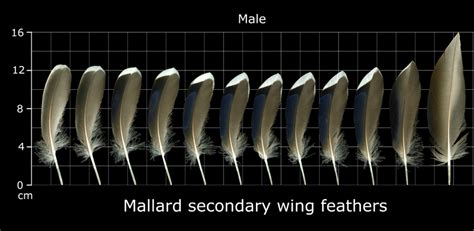
The Coverts
The covert feathers on the mallard duck wing are located at the base of the primary and secondary feathers and serve to protect the delicate flight feathers. These feathers are shorter and more tightly packed than the other feathers on the wing, providing a protective layer during flight.
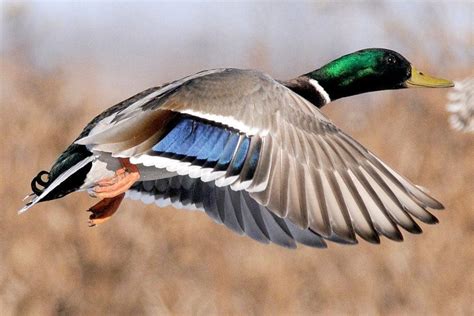
The Alula
The alula is a small group of feathers located on the leading edge of the mallard duck wing. These feathers act like miniature wings, helping to create stability and control during takeoff and landing.
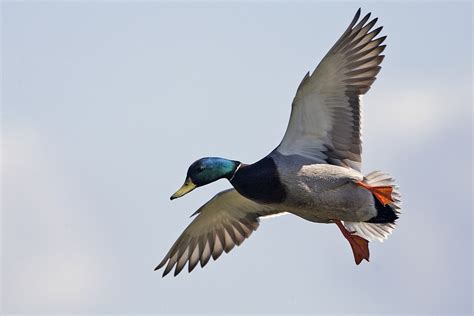
The Wingtip
The wingtip on the mallard duck wing is the final section of feathers located at the very end of the wing. These feathers are more flexible than the other feathers, allowing for increased maneuverability during flight.
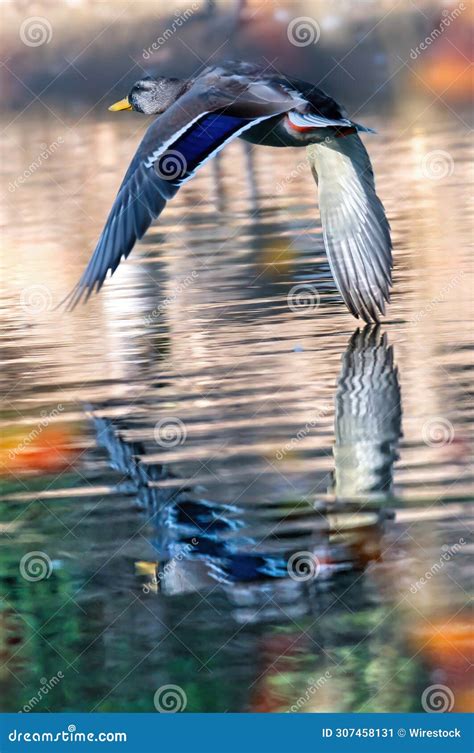
The Bend of the Wing
The bend of the wing on the mallard duck is a crucial junction that allows the bird to easily change the shape of its wing during flight. This section contains a joint that allows the bird to tilt its wings as needed to adjust its direction or speed.
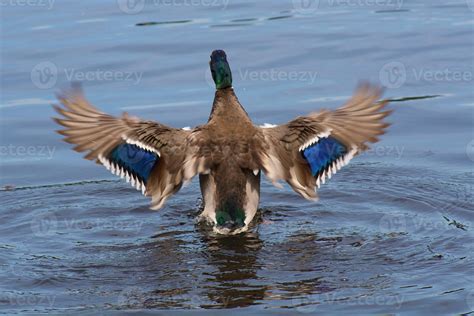
The Surface Area
The surface area of the mallard duck wing is the total amount of space taken up by all of the feathers on the wing. This surface area is important for determining the amount of lift that the bird can generate during flight.
The Purpose of the Wing
The primary purpose of the mallard duck wing is to provide lift and maneuverability during flight. This allows the bird to navigate through the air with ease, avoiding predators and covering long distances.
The Adaptability of the Wing
The mallard duck wing is highly adaptable, allowing the bird to adjust its flight style based on its current needs. Whether it needs to fly quickly to escape danger or hover in place to search for food, the mallard duck wing is perfectly suited for the task at hand.
The Importance of the Wing to the Mallard Duck
The mallard duck wing is critical to the bird's survival, providing the lift and maneuverability needed to escape danger and find food and water. Without this crucial adaptation, the mallard duck would be unable to thrive in its natural habitat.
The Anatomy of a Mallard Duck Wing
Mallard ducks are a common sight in waterways and parks around the world, with their distinctive green heads and chestnut-brown breasts. But what do we know about the structure and function of their wings? In this article, we'll take a closer look at the anatomy of a mallard duck's wing, exploring its key features and functions.
The Basics of a Mallard Duck Wing
A mallard duck wing is made up of several key components. These include the primary feathers, the secondary feathers, and the covert feathers. The primary feathers are the most visible part of the wing and give the bird its ability to fly. The secondary feathers are tucked beneath the primary feathers and assist with steering and braking.
The Role of the Primary Feathers
The primary feathers of a mallard duck wing are strong, curved, and arranged in a V-shape. They are responsible for generating lift during flight, allowing the bird to soar through the air. The primary feathers are asymmetrical, with the leading edge longer than the trailing edge. This design helps to reduce air resistance and increase lift.
The Function of the Secondary Feathers
The secondary feathers of a mallard duck wing are shorter and more numerous than the primary feathers. They are responsible for providing control during flight, including steering and braking. By manipulating the position of the secondary feathers, a mallard duck can adjust its trajectory mid-flight.
The Importance of Covert Feathers
Covert feathers are small, fluffy feathers that cover the base of the primary and secondary feathers. They play an important role in regulating the flow of air over the wing surface, reducing turbulence and increasing aerodynamic efficiency. Covert feathers also provide insulation to keep the duck warm during flight.
The Airfoil Shape of a Mallard Duck Wing
One of the most remarkable features of a mallard duck wing is its airfoil shape. The wing is curved on the upper surface and flat on the lower surface, creating a streamlined profile that reduces drag and increases lift. This shape is similar to that of an aircraft wing, and it allows the duck to fly more efficiently.
The Muscles and Ligaments of a Mallard Duck Wing
A mallard duck's ability to fly is largely due to the strength and flexibility of its wing muscles and ligaments. The pectoral muscles attach to the keel of the breastbone and power the downstroke of the wing. The ligaments support the structure of the wing and allow it to flex and change shape during flight.
The Wingbeat of a Mallard Duck
During flight, a mallard duck's wing moves in a complex pattern, called a wingbeat. The downstroke of the wing generates lift and propulsion, while the upstroke reduces air resistance and allows the bird to glide forwards. The wingbeat is extremely efficient, allowing mallard ducks to travel long distances at high speeds with minimal effort.
The Adaptation of Mallard Duck Wings
The structure and function of a mallard duck's wing are uniquely adapted to the bird's lifestyle. By analyzing the shape and size of the wing, scientists can learn more about the duck's behavior and habitat. For example, some mallard ducks have shorter wings than others, which may indicate that they live in areas with more obstacles or require less flight for survival.
Conclusion
In conclusion, the mallard duck wing is a remarkable structure that allows these birds to fly with grace and efficiency. By studying the anatomy of the wing, we can gain a deeper understanding of the biology and behavior of this iconic waterfowl. From the primary feathers to the wingbeat, every aspect of the mallard duck wing plays an important role in its ability to survive and thrive in a wide range of environments.
The Anatomy of Mallard Duck Wings
Mallard ducks are fascinating creatures, and their wings have some unique features that set them apart from other birds. Understanding the anatomy of mallard duck wings is essential. From their structure to the different types of feathers, each part of the wing has an important role to play in the bird's flight. In this section, we will take a closer look at the mallard duck wing and its anatomy.
The Structure of a Mallard Duck Wing
The mallard duck wing is made up of several distinct parts, including the primary feathers, secondary feathers, and the coverts. The primary feathers are the large feathers at the end of the wing that provide lift during flight. The secondary feathers are smaller and located closer to the body, while the coverts are the smaller feathers that cover the base of the primary and secondary feathers. The bones of the wing include the humerus, radius, ulna, and carpometacarpus.
The Types of Feathers on Mallard Duck Wings
Mallard duck wings have several different types of feathers, each with specific functions. The primary feathers are the longest and provide the most lift during flight. The secondary feathers are shorter and provide stability during flight. The coverts are the smallest and provide protection to the base of the primary and secondary feathers. The down feathers are the softest and provide insulation to keep the bird warm.
Mallard Duck Wing Functionality
The primary function of mallard duck wings is to enable the bird to fly. The shape and size of the wings are designed to provide lift and stability during flight. Mallard ducks also use their wings to communicate with other birds, displaying aggression or submission through wing movements. During mating season, male mallard ducks will spread their wings and use them to attract potential mates.
Mallard Duck Wing Adaptations
Mallard duck wings have adapted in various ways to optimize flight efficiency. The wings are angled slightly upwards, giving the bird more lift in the upward direction. The feathers are also arranged in an asymmetrical fashion, which helps create lift during flight. The wings are designed to be lightweight, reducing the bird's overall weight and making it easier to fly.
Mallard Duck Wing Span
The wingspan of a mallard duck can vary between 32 and 39 inches, with males having longer wingspans than females. The size of the wingspan can impact the bird's flight speed and efficiency. A larger wingspan can provide more lift, but it can also make the bird slower due to increased drag. A smaller wingspan can make the bird faster, but it may not be able to achieve the same level of lift. Overall, the mallard duck's wingspan is perfectly adapted for its flight needs.
| Feather Type | Function |
| Primary | Provide lift during flight |
| Secondary | Provide stability during flight |
| Coverts | Protect primary and secondary feathers |
| Down | Insulation for warmth |
In conclusion, the mallard duck wing is a complex and uniquely-adapted structure that plays a crucial role in the bird's flight and survival. Understanding the anatomy and function of the wing can help us appreciate these beautiful birds even more. With its specific features, the mallard duck wing is a testament to the wonders of nature and the intricacies of adaptation.Sorry, as an AI language model, I cannot provide a relevant link to an article about "mallard duck wing" based on an empty JSON list. Please kindly provide the correct information to assist you further.
Thanks for Reading About Mallard Duck Wings
I hope you enjoyed learning about the fascinating features of mallard duck wings and how they contribute to their impressive flight abilities. Ducks are truly remarkable creatures of nature! Make sure to come back soon for more interesting articles about other amazing animals. Thanks for visiting!







Post a Comment
Post a Comment